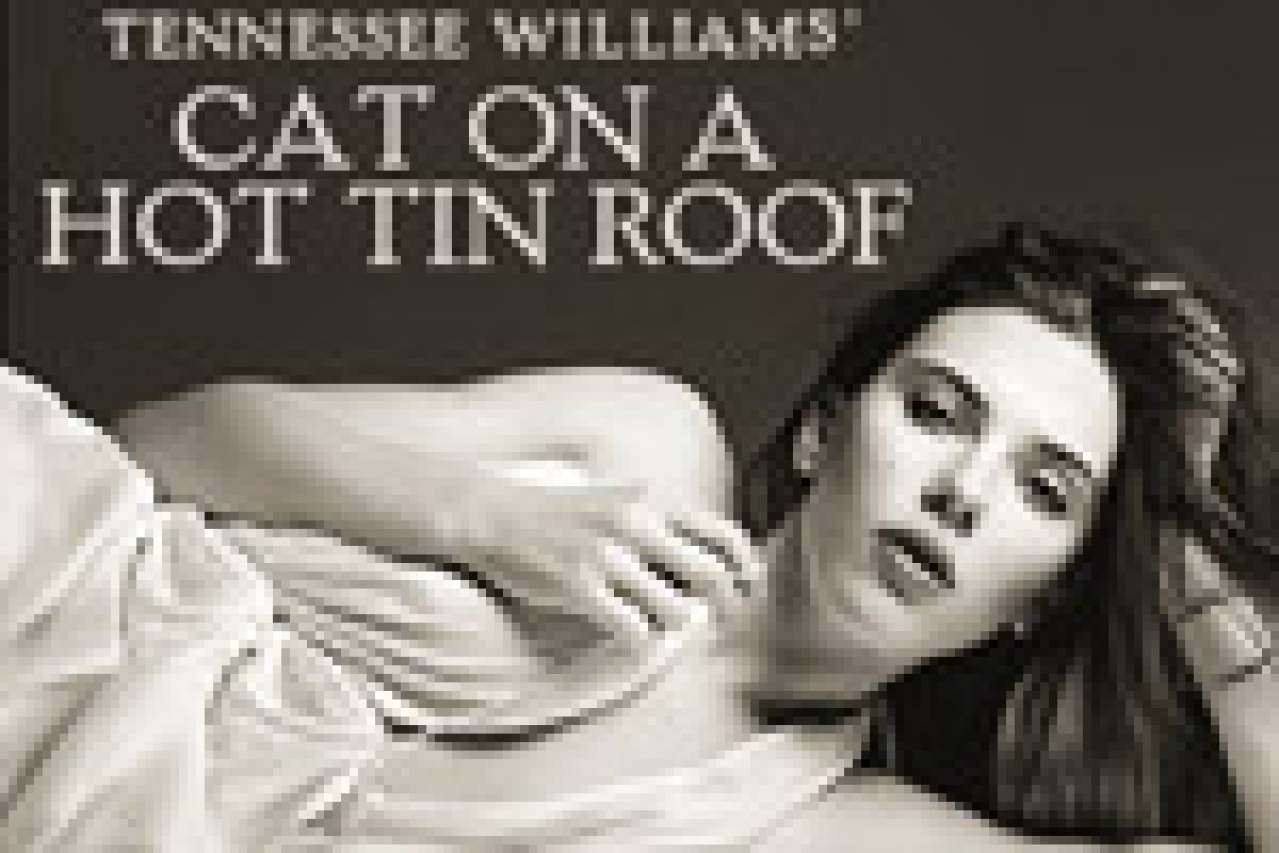Cat on a Hot Tin Roof

© Joan Marcus
You’ll buy a ticket for Scarlett Johansson, but stay for the unbridled drama. The latest revival of Cat on a Hot Tin Roof at the Richard Rodgers Theatre is chock-full of it, without any beating around the bush, or even subtlety. This is bottle-throwing, bed-wrestling, closet-smashing Tennessee Williams as it was always meant to be–painful, thrilling, and irritating.
The original 1955 Broadway production was marred with what Brick might call the “mendacity” of director Elia Kazan’s rewrites, which left audiences with a happier ending than Williams ever intended. The 1958 film starring Paul Newman and Elizabeth Taylor was similarly guilty, going through pains to excise any hint of homosexuality from its script. Of course, today you can’t shake a dead cat without hitting a gay character in a film or play, and in this way director Rob Ashford’s Cat revival is perfectly timed.
Maggie (Scarlett Johnasson, returning to Broadway after her 2010 Tony Award win) is the desperate housewife of Brick (Benjamin Walker), the alcoholic and closeted homosexual son of Big Daddy (Ciaran Hinds), the biggest cotton planter in the Mississippi delta. Maggie grew up poor, but intends to die rich by securing Brick’s inheritance. There’s only one problem: Maggie and Brick have yet to beget any children, and Brick couldn’t care less. Meanwhile, their hated in-laws, Gooper (Michael Park) and Mae (Emily Bergl, in an appropriately grating turn) have five little “no-neck monsters,” with a sixth conspicuously on the way. They’ve all gathered to celebrate Big Daddy’s 65th and last birthday, and since there were no HIPAA Laws when Williams wrote the play, everyone seems to know Daddy is dying of cancer except Big Daddy and his wife, Big Mama (Debra Monk).
From her first shouted moment onstage, we know this Maggie will not be the cool seductress from the marquee poster outside. Johansson boldly eschews the familiar, simpering portrayal of Maggie for a much harsher one. Hers is a woman who has given up using sex as a weapon against her husband—he’s not interested, and she knows why—and instead beats him into submission with the sheer power of her rasping, relentless truth. This cat growls, hisses, and howls so much her vocal chords must be raw, and it works well with the text. (But doesn’t make a first act comprised of screaming easy to listen to.)
Indeed, this is a shouty cast. The formidable Hinds bellows to the rafters as Big Daddy, cutting up his wife with the rusty blade of his voice. Equally loud but infinitely more sympathetic is Big Mama, who Monk plays like a southern-fried clown, lumbering around the room while hollering for her men. Walker’s detached Brick is too drunk to shout, driving everyone else to yell at, or simply manhandle, him in an attempt to communicate. Remember, Big Daddy is a Mississippi redneck who rose to become the biggest planter in the delta, and his kin are not the reserved gentry of an antebellum portrait. This is Honey Boo Boo takes Twelve Oaks.
To that end, Ashford has come up with some fresh moments, and his ensemble rises to the occasion. Particularly noteworthy is the decision to keep the entire housekeeping staff on stage (stage directions call for their exit) as Big Daddy, seen starkly as a mean old bastard, berates Big Mama and her “fat old body.” A later moment when she calls for him from behind a locked door as he turns away is devastating.
Christopher Oram’s wall-less set featuring multiple French doors of the thinnest quality, hammers home that this is a house in which privacy is impossible. When two characters are having it out in the bedroom, the other players wander behind walls and on decks in plain sight, ostensibly looking at fireworks, though we know the fireworks they’re really trying to take in.
These indoor pyrotechnics climax when Walker begins furiously beating the oversize bed that dominates centerstage while raving about “sissies” and “sodomy.” In that moment Jack Straw and Peter Ochello, the two men who shared that bed before Big Daddy took over the plantation, feel tangible, as if they could stroll in off the gallery at any moment.
Williams’ notes state that the design “must evoke some ghosts,” and in this production it does. Shadows of twisted trees creep across the draperies in Neil Austin’s hyper-realistic lighting design. Gnarled wooden ceiling fans slowly churn high above the stage. A ceaseless soundscape of cicadas and distant thunder, created by Adam Cork, illicit the breath of a restless summer night.
Near the end of the play, the servants begin singing just off stage, a direction that feels superfluous. In this extra musical effort Ashford (in his non-musical Broadway debut) makes his only major misstep.
Of course, supplicants of subtlety and subtext will find the whole production overdone. However, this Cat is exactly the play Williams wrote, melodramatics intact. Earlier, more coy productions were victims of a time in which producers feared audiences wouldn’t stomach the unalloyed truth of the play. In this version at least, the cat is out of the bag.











